Search
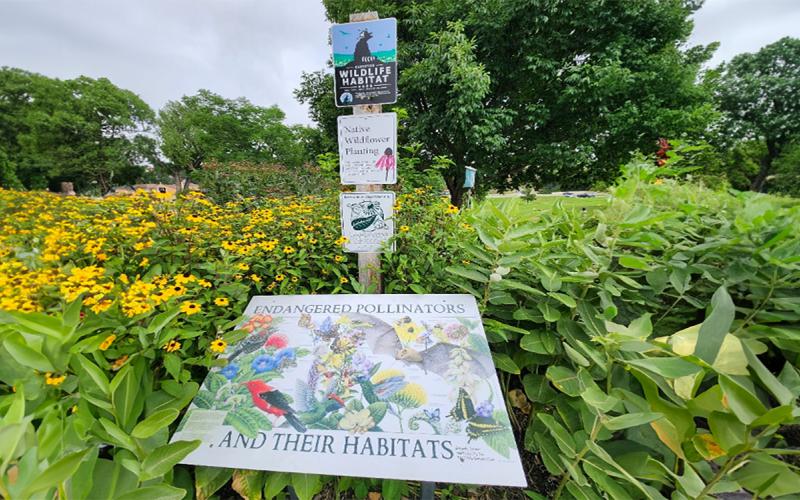
Funding Opportunities for Small-Scale Pollinator Habitats: A Guide for Urban and Home Garden Projects
Urban habitats are essential for providing food, shelter, and breeding grounds for important pollinators. Learn about some of the many funding opportunities available for urban pollinator habitat projects of all sizes and scopes.
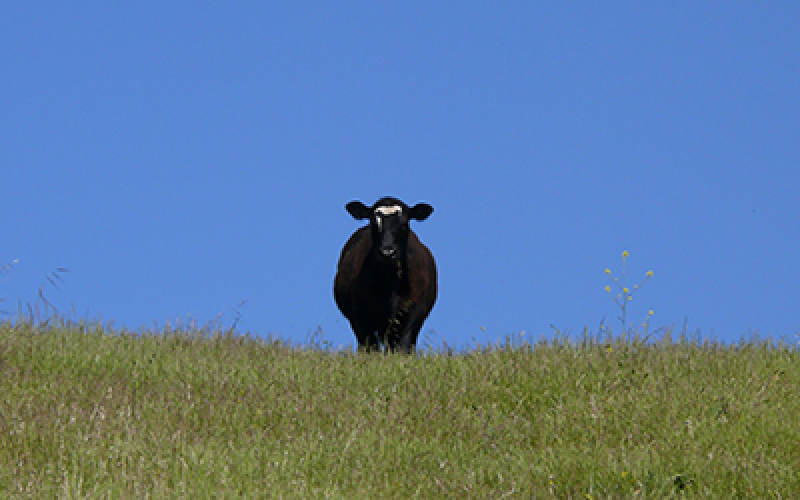
Grazing and Recreation on South Dakota School and Public Lands
Ryan Brunner, Commissioner of State School and Public Lands, shares some excellent information for those interested in understanding more about grazing and hunting on South Dakota school and public lands.
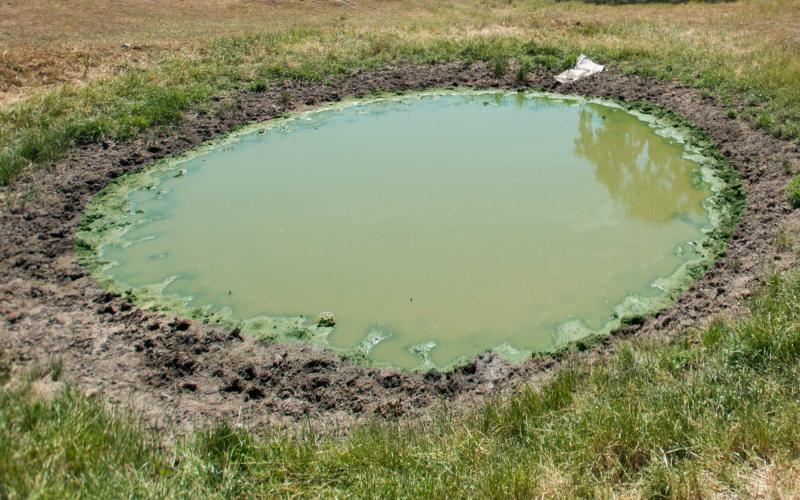
Blue-Green Algae and Livestock
With warmer temperatures, the conditions are right for blue-green algae blooms. Different species of blue-green algae contain various toxins, which can poison livestock, resulting in rapid death.
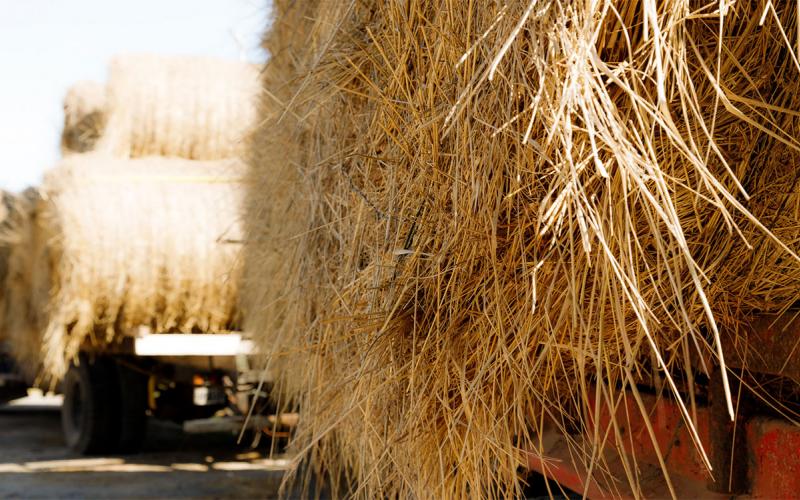
Haul the Feed or the Cows
Reduction in pasture forage availability may require producers to decide between hauling feed or hauling cows. Learn how to decide which option is best for your operation.
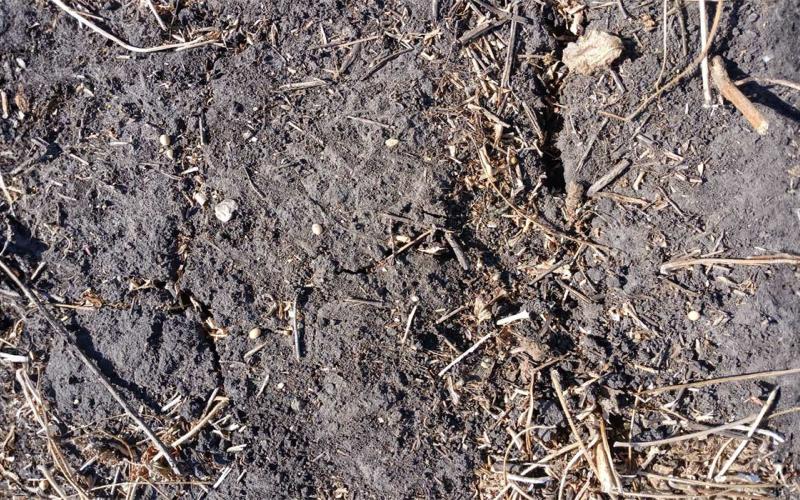
Fall Tillage: Please Don’t Think About It
Conducting fall tillage results in lost topsoil, soil nutrients, and soil moisture. This ultimately leads to reduced soil productivity and profitability. An easy way to conserve topsoil and water resources is to skip fall tillage.
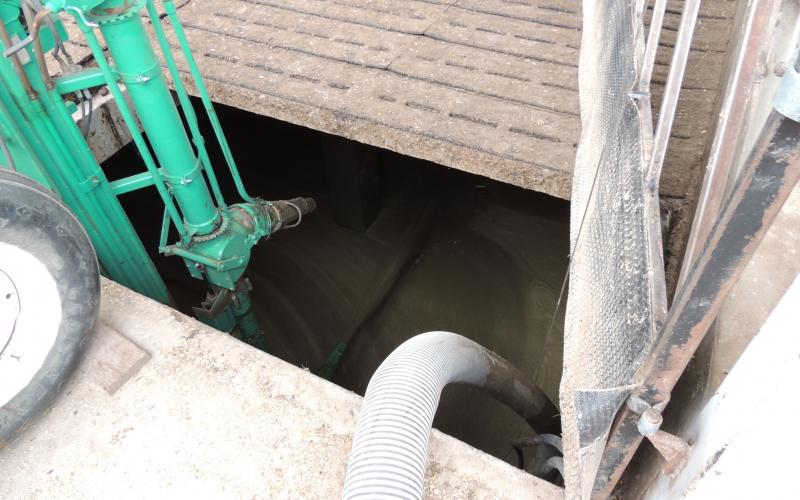
New Technology for an Old Problem
One of the last projects I was involved with as coordinator for the Lower James River Watershed Project was the installation of a deep pit monoslope barn for a feedlot operation near Alexandria, SD. A deep pit confinement barn is a manure storage system that employs slatted flooring with pit manure storage underneath.
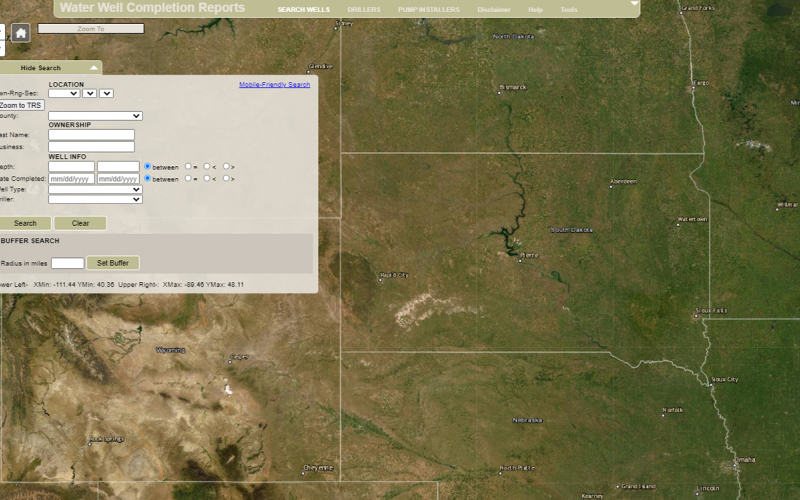
Finding Private Well Completion Reports
For those South Dakota residents that may have an interest in finding information on their private well if they have none, the South Dakota Department of Agriculture & Natural Resources has a database on their website where original Well Completion Reports can be found.

Flood Preparedness
Floods can develop slowly or strike suddenly without warning. Learn some essential steps to help protect you and your loved ones before, during, and after a flood.
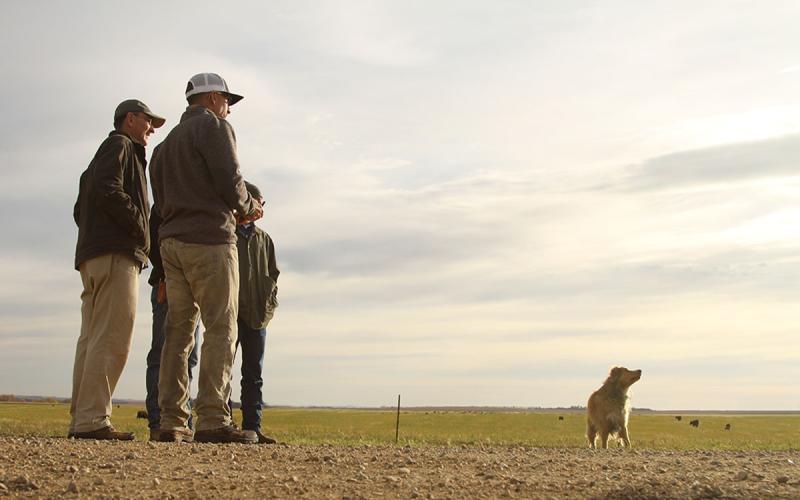
Spring Planting and Grazing Adjustments During Drought
Dry springs mean management changes for both farmers and ranchers as they plan for summer. Learn some important considerations for planting and grazing during a dry spring.
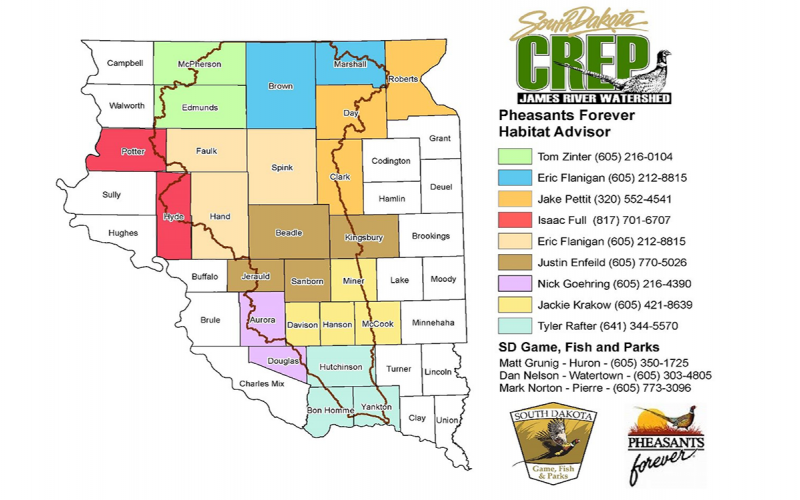
The South Dakota Habitat Stamp
In 2020, the South Dakota Legislature approved the South Dakota Habitat Stamp as a way to generate revenue for the development of wildlife habitat on public land and waters, or to provide public access to private land.